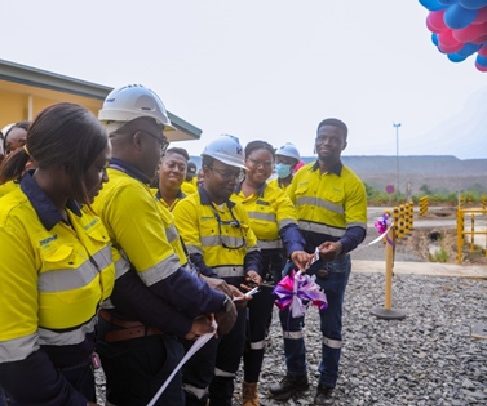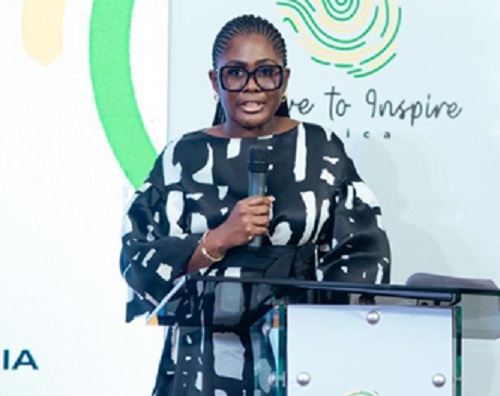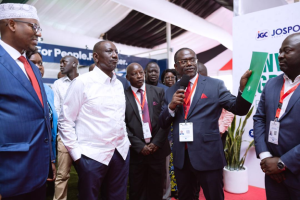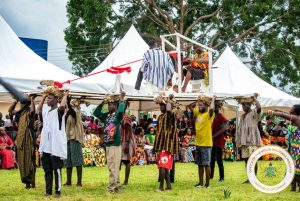
To begin, a generation is defined as a group of people born during the same general timeframe who share common life experiences such as significant historical, political, social, or economic events. These experiences tend to influence their attitudes, values, and behaviour. It is through these formative experiences that a generation develops a collective outlook. A multi?generational workforce refers to a workplace composed of employees from diverse generational backgrounds. Many individuals continue working beyond the conventional retirement age with increased life expectancy, and therefore, contributing to a broader age range in today’s workforce. As a result, organizations now employ people from distinct generations working side by side, creating an unprecedented level of age diversity.
Generational Attributes
The most commonly identified generational groups in the workforce include Baby Boomers (1946–1964), Generation X (1965–1980), Millennials (1981–1996), and Generation Z (1997–present). In many economies, the current active multi-generational workforce spans from the upper end of Gen X through Millennials to Gen Z. To bridge generational differences at work, business leaders must recognise and understand the unique characteristics of each generation. Understanding their needs and preferences helps create an environment that attracts, engages, retains and develops a strategic and productive workforce.
General Attributes & Values of Generations
| Generations | Attributes |
| Baby Boomers (1946–1964)
Age:60-78 |
Optimistic, value teamwork, job security, loyalty, hierarchical structures, and mentoring. |
| Gen X (1965–1980)
Age:44-59 |
Idealistic, self-reliant, appreciate flexibility, autonomy, and professional growth; value work?life balance. |
| Millennials (1981–1996)
Age:28-43 |
Tech-savvy, value meaningful work, autonomy, creativity, and rapid development; less organization?loyal. |
| Gen Z (1997–2004)
Age:27 and younger |
True digital natives; value diversity, inclusivity, innovation, financial stability, autonomy, and mental?well?being. |
Challenges of Managing a Multi?generational Workforce
Each generation brings a distinct set of attributes, expectations and communication styles to the workplace. While recognising these differences is valuable, it is essential to avoid stereotyping individuals. Recent research reveals that inter-generational barriers are particularly strong between younger employees and older leaders. The greater the age gap between an employee and their older manager, the lower their job productivity and job satisfaction. Employees with managers more than 12 years their senior are nearly 1.5 times as likely to report low productivity and nearly 3 times as likely to report being extremely dissatisfied with their job. Effective management recognises generational traits without generalising, and instead promotes inclusivity and harmony.
Six Trends Affecting the Multi?Generational Workforce
These workplace trends present an opportunity for managers to foster connection and collaboration across generations.
- Trend One: Increased use of new technologies to communicate
- Trend Two: Increased expectation for work-life flexibility
- Trend Three: Increased expectation for continual development
- Trend Four: Increased need for new ways to reward and recognize employees
- Trend Five: Increased need to engage the entire workforce
- Trend Six: Increased emphasis on innovation
Developing a Comprehensive Strategy
A multi-generational workforce requires a holistic strategy that promotes collaboration, inclusivity, and shared purpose. Organisations should focus on uniting employees around common goals while acknowledging generational differences by considering the following.
- Fostering an Inclusive and Collaborative Culture
- Promote regular and reverse mentorship programs to encourage knowledge sharing across generations.
- Encourage cross-generational team projects to leverage diverse perspectives and skills.
- Accommodate diverse communication preferences, from face-to-face meetings to instant messaging and video conferencing.
- Adapting to Remote and Hybrid Work Models
- Provide technology training to support older generations while embracing digital fluency among younger employees.
- Design hybrid work policies that balance work-life needs and flexibility for Gen X and Millennials and Gen Z.
- Establish clear communication norms to bridge the gap between in-office and remote workers.
- 3. Integrating AI and Digital Transformation
- Upskill all generations to use AI-driven tools and automation effectively.
- Implement digital literacy initiatives to close technology gaps.
- Encourage a culture of continuous learning to keep pace with workplace advancements.
- 4. Prioritising Diversity, Equity and Inclusion (DEI)
- Use unbiased recruitment strategies that attracts diverse talent across all age groups.
- Ensure inclusive leadership and equitable growth opportunities.
- Offer mental health and well-being programs tailored to generational stressors.
- Sustainability and Corporate Social Responsibility (CSR)
- Align company values with environmental and social initiatives to engage younger generations.
- Engage employees in sustainability efforts to foster collective purpose.
- Highlight ethical business practices and social impact to resonate with Millennials and Gen Z.
Practical Advice for Managing a Multi-Generational Workforce
To ensure a high-performing multi-generational workplace, it is important to implement programs and policies to support strategies. Business leaders can explore these proactive practices:
Tailored HR Practices: Implement flexible reward, career development, and recognition systems to reflect generational and career-stage diversity.
Leadership Training: Identifying and developing future leaders requires training in generational awareness, communication and conflict resolution. Training programs must highlight the value of generational diversity, reduce stereotypes and foster understanding. Equip leaders with generational awareness, emotional intelligence, and inclusive communication skills. Organizations must, therefore, build stronger succession of leaders by preparing managers to lead diverse teams.
Career Development Opportunities: Provide formal, informal, and mentoring-based growth initiatives, tailored to career stages.
Shared Value Creation: Involve employees across generations in decision-making and problem-solving to drive innovation and ownership.
Job Satisfaction: Organizations that actively promote job satisfaction experience higher performance across generations. Employees who feel valued and fulfilled are more motivated and loyal.
Work-Life Balance: Supporting work-life balance is crucial, especially for younger generations who increasingly seek flexible arrangements. Strategies may include flexible hours, remote work options and support services such as childcare.
Employee Well-being: Workplaces that focus on holistic well-being empower employees through resources, support and autonomy. This includes mental health initiatives, wellness programs and flexible policies that reflect individual needs.
Empowering Management: Leaders who offer consistent support, praise and recognition foster strong, collaborative teams. Managers who value participation and adapt to diverse employee preferences are essential to a healthy work environment.
Communication and Collaboration: A shared communication strategy is key to successful teamwork. Establishing clear channels for feedback and encouraging cross-generational collaboration builds trust and reduces misunderstandings. A multigenerational workplace must understand the varying attitudes toward technology. It must integrate digital tools in ways that enhance productivity and communication without alienating any group.
Formal Mentorship Programs: Mentorship not only facilitates knowledge transfer but also strengthens intergenerational relationships. Pairing older and younger employees helps align values and promotes professional development.
Commitment to Safety: Inclusive safety cultures protect all employees and ensure that safety remains a shared responsibility. Monitoring and celebrating safety outcomes contribute to a positive work environment.
Conclusion
Effectively managing a multi-generational workforce is no longer optional. It is a strategic imperative for organisations aiming to remain competitive, inclusive, and innovative. Each generation brings distinct values, strengths, and expectations to the workplace, and when these differences are embraced, they can become a powerful source of synergy and growth. Business leadership that prioritises empathy, adaptability, and inter-generational understanding will be central to cultivating a workplace where all employees regardless of age feel valued, motivated and empowered to contribute. Indeed, the success of a multi-generational workforce depends on creating a culture that not only accommodates generational differences but also actively leverages them to drive innovation, resilience and long-term sustainability.
BERNARD BEMPONG
Bernard is a Chartered Accountant with over 14 years of professional and industry experience in Financial Services Sector and Management Consultancy. He is the Managing Partner of J.S Morlu (Ghana) an international consulting firm providing Accounting, Tax, Auditing, IT Solutions and Business Advisory Services to both private businesses and government.
Our Office is located at Lagos Avenue, East Legon, Accra.
Contact: 233 302 528 977
233 244 566 092
Website: www.jsmorlu.com.gh
The post Managing a multi-generational workforce appeared first on The Business & Financial Times.
Read Full Story














Facebook
Twitter
Pinterest
Instagram
Google+
YouTube
LinkedIn
RSS